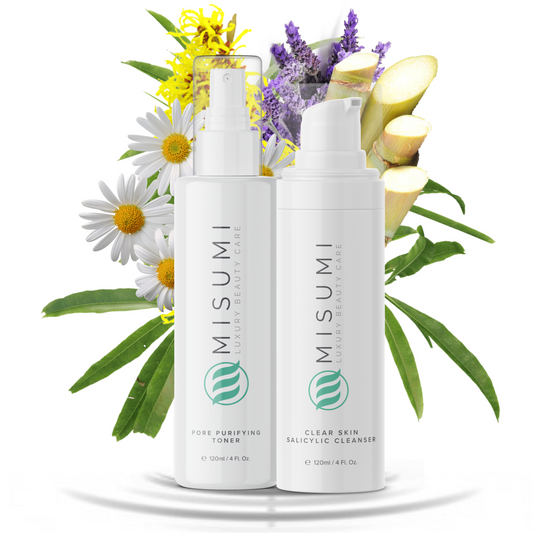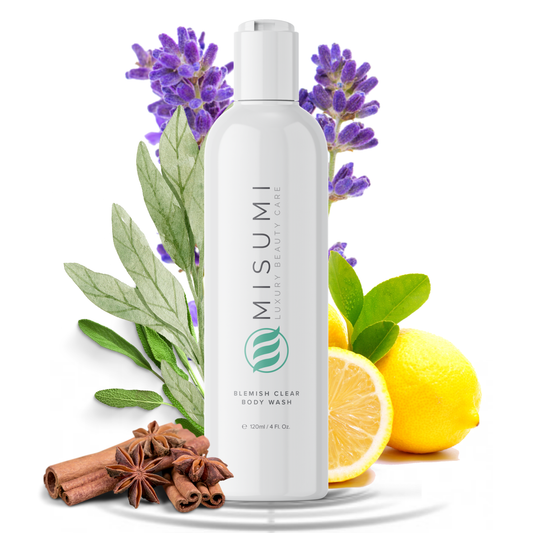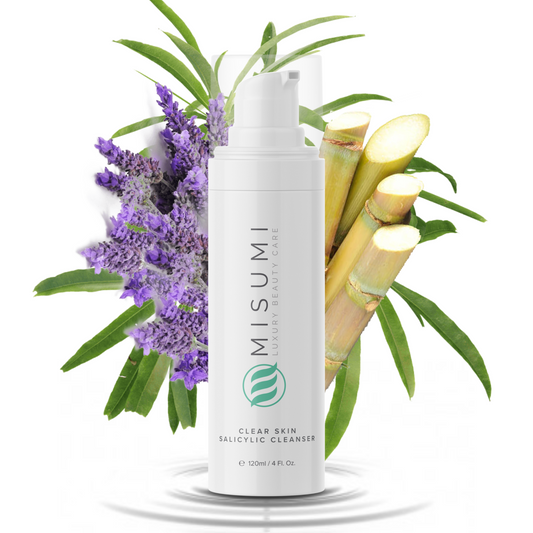Ever looked at a 10-step skincare routine online and thought, “I don’t even have face wash”? You’re not alone. Starting skincare can feel like being dropped into a loud, confusing market. With everyone online flaunting perfect routines and glowing skin, it’s easy to feel behind. But your skin doesn’t need chaos—it needs consistency, good info, and low-pressure habits. You don’t need 15 products or an empty wallet.
In this blog, we will share what beginners actually need to know to build a routine that works, avoid common mistakes, and keep things simple from the start.
Start Where You Are (Not Where the Internet Is)
Skincare is personal. What works for someone else’s skin might irritate yours. That means your first job isn’t to follow trends. It’s to figure out your starting point.
Start by identifying your skin type. Is it dry? Oily? A combination of both? Sensitive? This sounds obvious, but most people guess or follow product hype without knowing what their skin actually needs. If your face gets shiny by noon, you might be dealing with excess oil. If your cheeks feel tight after washing, that’s dryness. If new products leave your skin red and angry, you probably have sensitivities that need attention.
Next, simplify. You only need three products to start: a gentle cleanser, a moisturizer, and sunscreen. That’s it. You’re not failing if you don’t have a toner, an essence, and a jade roller. Skincare is about consistency, not complexity.
Keep Your Spending in Check Without Sacrificing Quality
It’s easy to get swept up by the promise of transformation. But skincare doesn’t require luxury prices to be effective. People interested in creating a sustainable routine often benefit from the 50/30/20 budget rule. It’s a money management method where 50% of your income goes to needs, 30% to wants, and 20% to savings. Where does skincare fall? That depends.
If your products help manage conditions like acne, eczema, or rosacea, they may fall under “needs.” But if you’re browsing face masks because they look fun, that’s a “want.” Understanding the difference helps you spend smarter.
This approach also helps you avoid one of the biggest mistakes beginners make: impulse buying. A new serum gets praise online, and suddenly you're convinced your current routine is worthless. That kind of panic buying rarely pays off. Your skin needs time to adjust, and so does your budget.
If you’re feeling the pull of “instant results,” remember this: skin turnover (the natural process of shedding dead cells and producing new ones) takes about 28 days. Real results take time, not price tags. If your moisturizer is doing its job, you don’t need to replace it just because something trendier exists.
What to Add (Only When You’re Ready)
Once your basic routine is steady and your skin is responding well, you can think about adding products. Not before. This is where beginners often trip. They start adding serums and actives without knowing how they’ll interact. That leads to irritation, breakouts, or worse.
Here’s what to consider:
-
Exfoliants: These help remove dead skin cells. Start with a gentle one, once or twice a week.
-
Serums: Choose one based on your skin’s goal. Hydration? Look for hyaluronic acid. Acne-prone? Maybe salicylic acid. Hyperpigmentation? Consider vitamin C.
- Eye creams: Only if you have concerns like puffiness or dryness around the eyes. They’re not a must-have for everyone.
Only add one new product at a time, and give it two weeks before adding something else. That way, if something goes wrong, you know the cause.
Also, more isn’t better. More products don’t mean more results. They just increase the chance of reactions and waste.
Trends Aren’t Rules—Ignore the Noise
TikTok made “skin cycling” famous. Instagram sells the fantasy of a 20-minute morning routine. Your favorite YouTuber swears by fermented snail cream. It's all overwhelming by design.
But most of these trends are about content, not skincare. They're made to be watched, not followed. Beginners get tripped up by this because it feels like everyone else knows some secret. The irony? Most dermatologists still recommend a simple three-step routine for most people. Trends are fun, but they’re not foundational.
So, treat skincare trends the way you'd treat a flash sale on scented candles. Entertaining, maybe worth exploring later, but not something to build your life—or skin—around.
Don’t Expect Magic. Expect Maintenance.
This is the part no one says out loud: your skin won’t become flawless. It’s skin, not glass. It gets dry. It breaks out. It reacts to stress, hormones, food, and weather. Skincare isn’t about perfection. It’s about reducing problems and feeling better in your skin.
Think of it like brushing your teeth. You don’t expect a new toothbrush to change your smile overnight. But you brush because you know it matters over time. Skincare works the same way.
Also, don’t measure success only by appearance. Ask better questions. Is your skin less irritated? Are breakouts less frequent? Does your face feel comfortable after cleansing? These are signs of progress. They’re just not as flashy as filters.
The Myth of “Bad Skin”
A final note for beginners: there’s no such thing as “bad skin.” There’s only skin that hasn’t been supported properly yet. Most people judge their skin against unrealistic images. Pores get edited out. Lighting hides texture. And the result is a generation that thinks healthy skin doesn’t have bumps or scars.
Real skin has lines. It has texture. It changes daily. And if your routine is working, you’ll still have off days. That’s normal. Don’t start over every time something isn’t perfect.
If anything, the more chaos you bring to your routine, the harder it is to tell what’s working. Progress looks like fewer steps, not more.
You Don’t Need a Full Bathroom Shelf to Succeed
Here’s the biggest takeaway: skincare doesn’t need to be a second job. If it feels like one, you’re doing too much. Stick to the basics. Spend within reason. Ignore the pressure to “catch up.”
In a world that thrives on overload, restraint is powerful. Starting small gives you room to grow, learn, and adjust without panic or guilt.
So before you add another item to your cart, ask yourself: Is this helping me build a habit, or is this just noise?
Because when you remove the clutter, skincare stops being chaos. It becomes care. And that’s the whole point.







